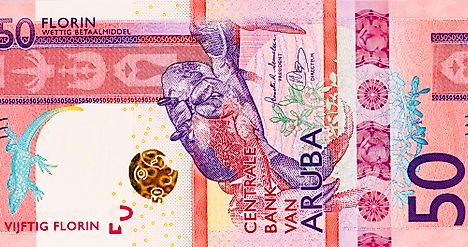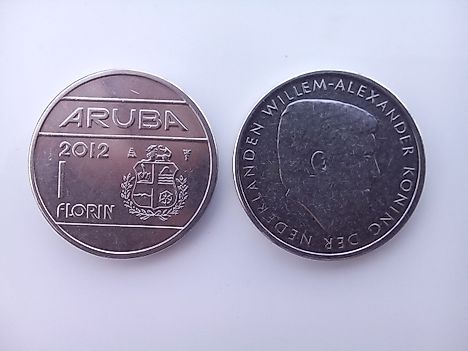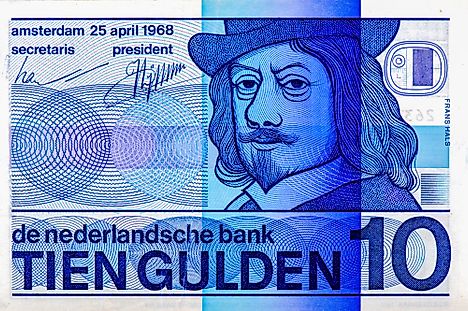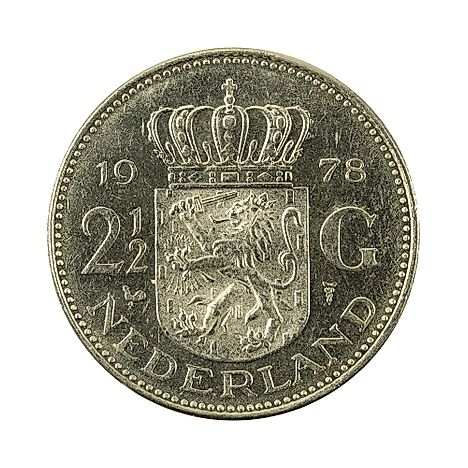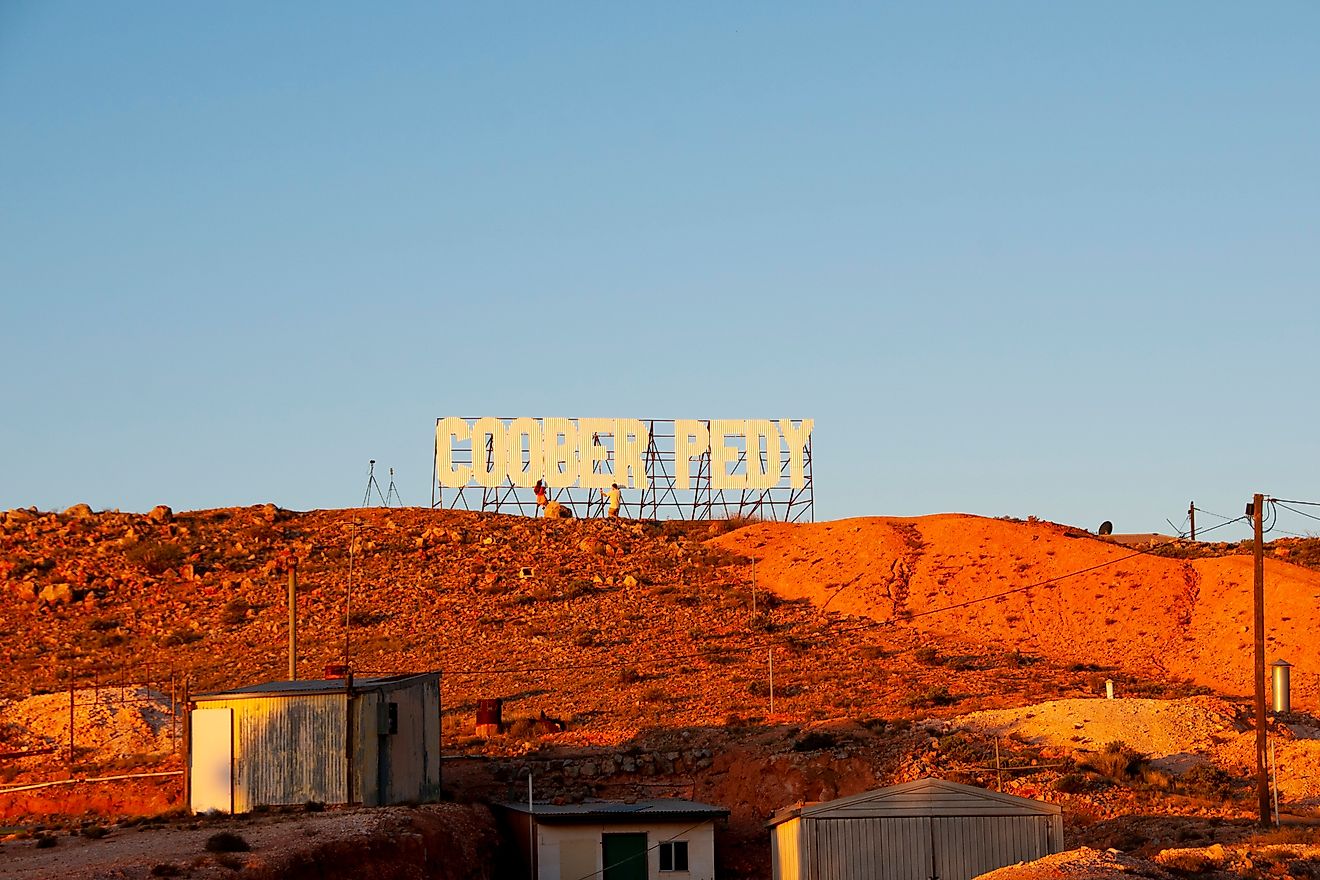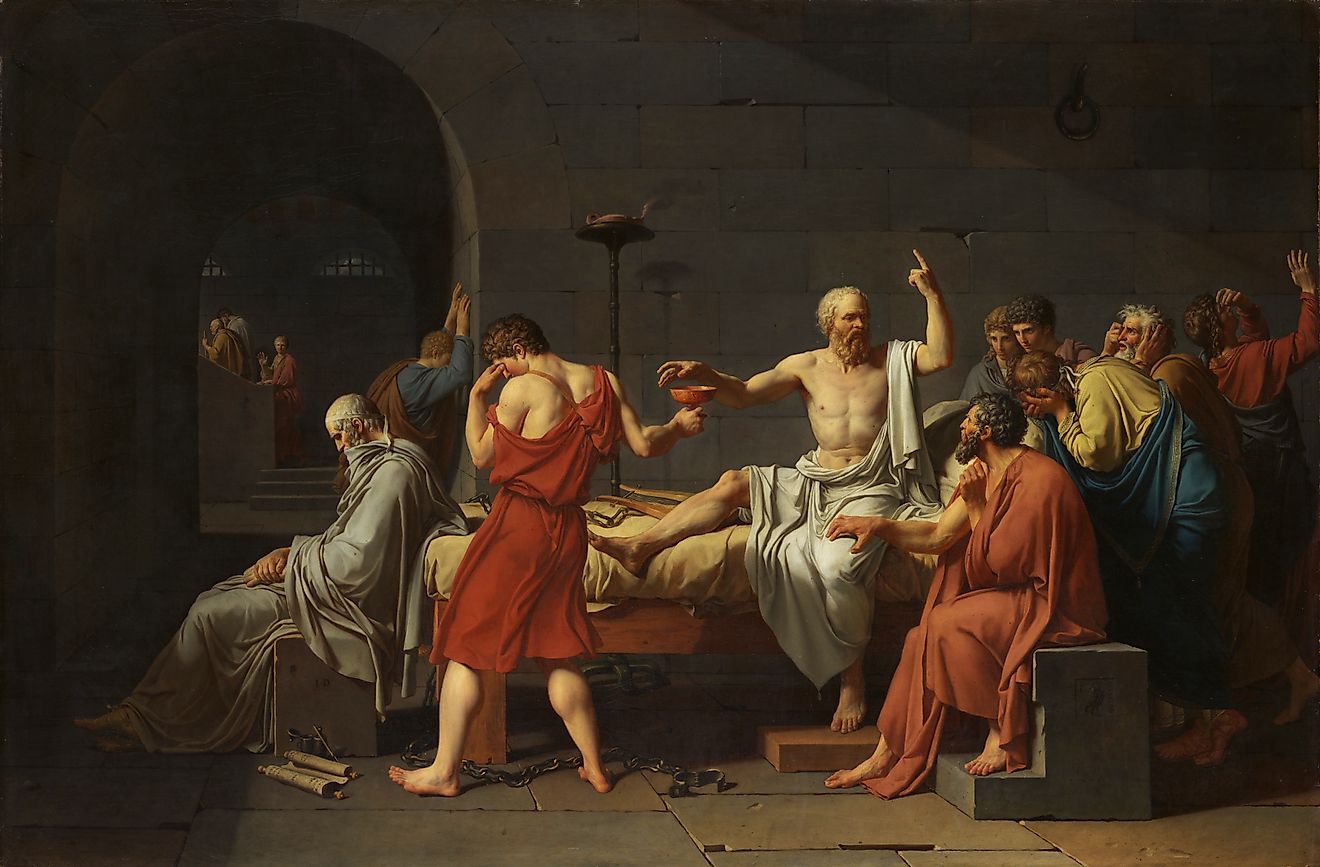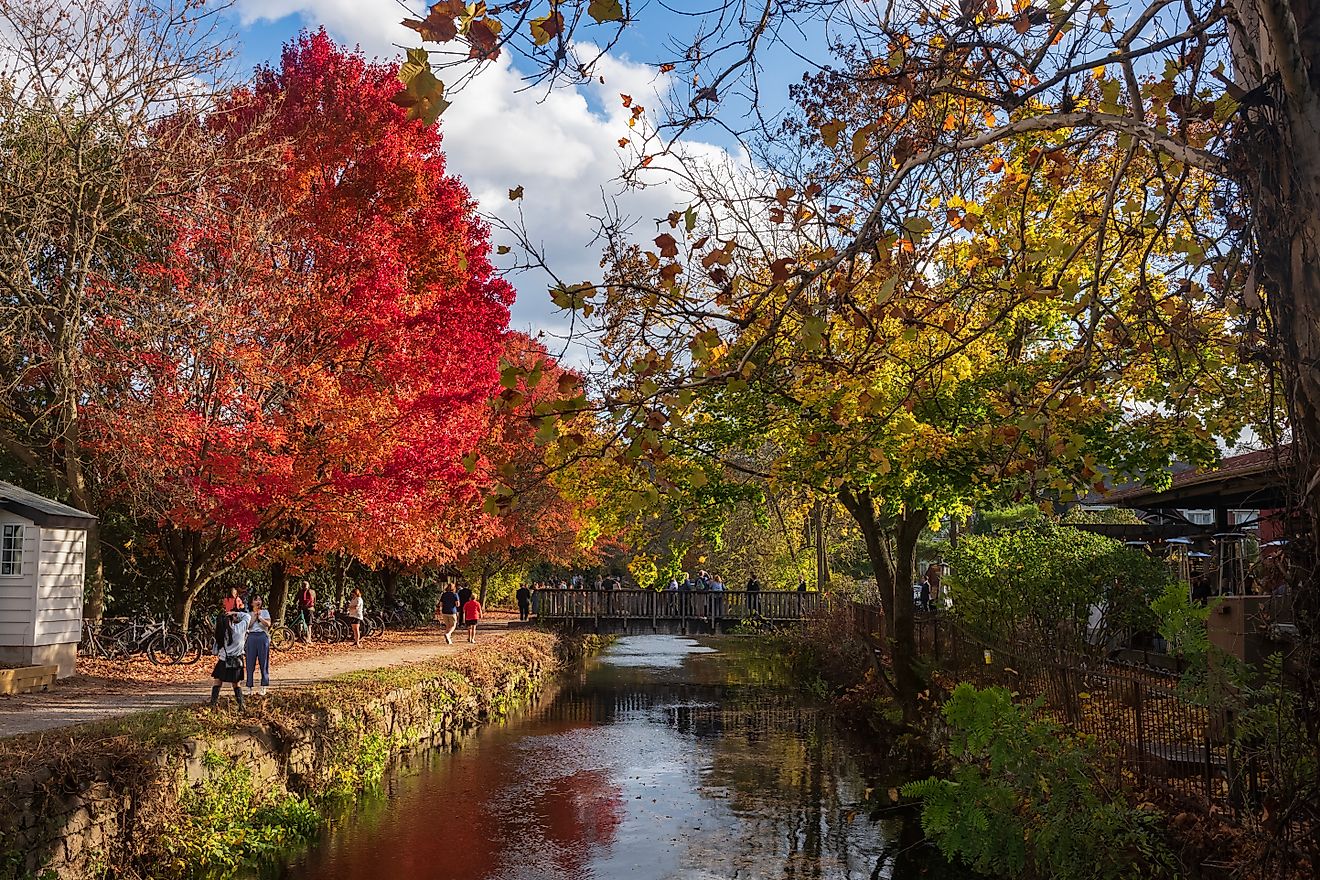Flags, Symbols & Currency of Aruba
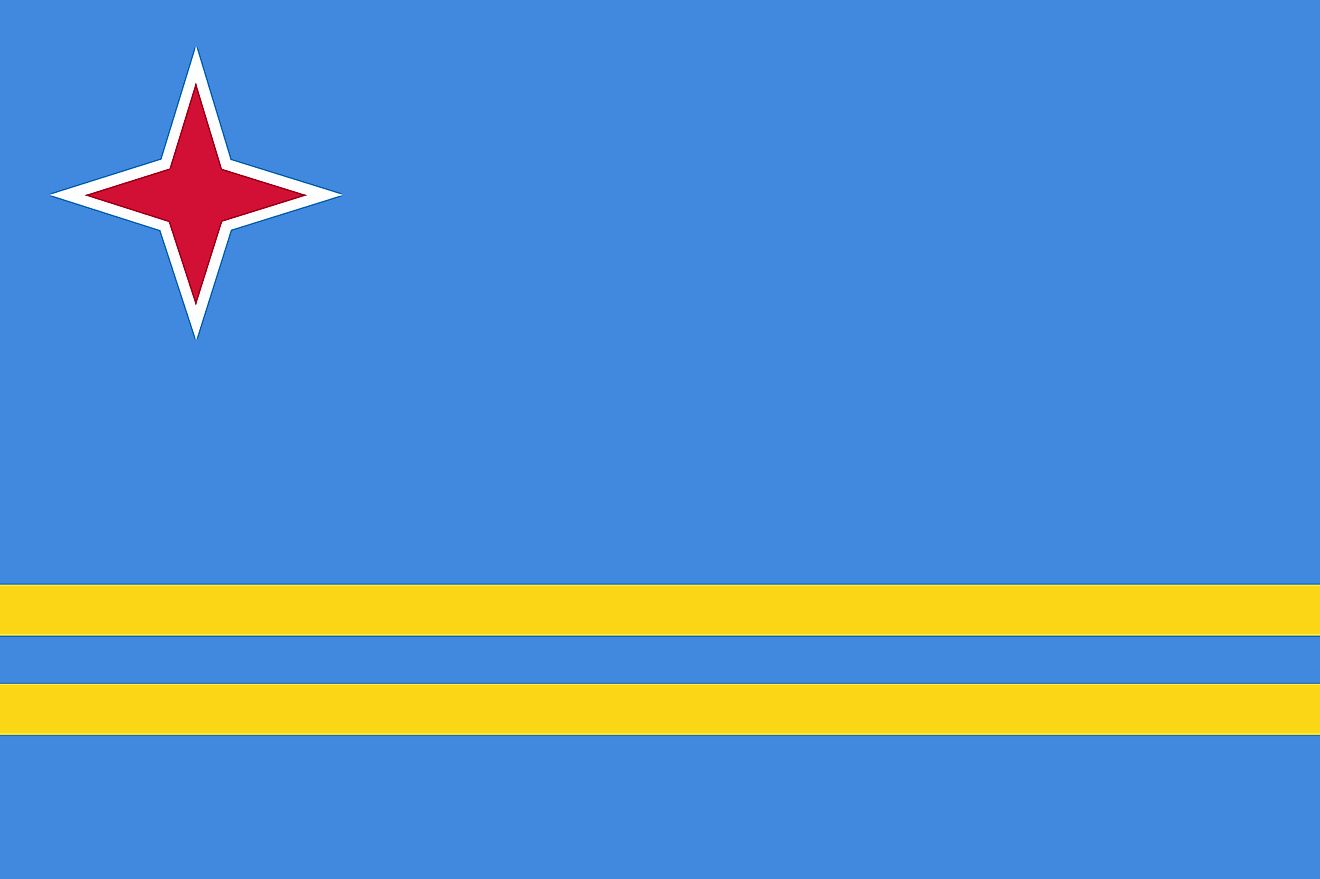
Aruba’s Flag (BANDERA) was officially adopted on March 18, 1976, and its style was retained after it became an autonomous region of the Netherlands. The flag is light blue (‘Larkspur’) in color and features two narrow, horizontal, yellow stripes (‘Bunting Yellow’) across the lower portion and a red, four-pointed star outlined in white (‘Union Flag red’) in the upper hoist-side corner. The flag was designed by vexillologist – Whitney Smith.
The light blue color symbolizes the Caribbean waters and skies and; was intentionally chosen to match the shade used in the United Nations flag. The ‘four-pointed white-fimbriated red star’ represents Aruba - its red soil and white sand beaches that ring it; as well as the pride of Arubans in their struggle for liberty for their island. The four points symbolize the four major languages (Papiamento, Dutch, Spanish, and English) as well as the four points of a compass, to indicate that its inhabitants come from all over the world. The two yellow stripes represent the island's two main "industries", the flow of tourists to the sun-drenched beaches and the flow of minerals from the earth. The color yellow also represents the flora of Aruba that bloom yellow. The flag’s width-to-length ratio is 2:3.
History of Aruba Flag
Being a part of the Netherlands Antilles, Aruba began to actively seek independence or autonomy in the early 1970s. As a part of that, in 1976, Aruban leaders decided to develop a national flag. The national flag was first hoisted on March 18, 1976, and its style was retained after it became an autonomous region of the Netherlands.
Symbols of Aruba
National Coat of Arms of Aruba
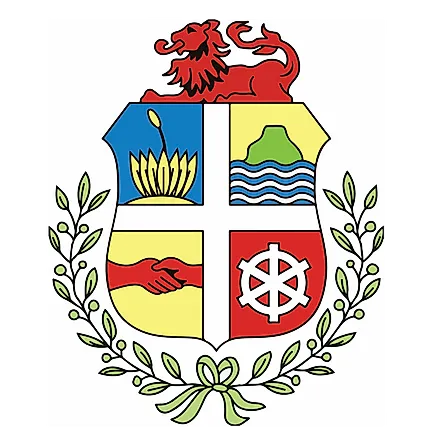
The Coat of Arms of Aruba was designed in Amsterdam in 1955 and has been the national symbol of Aruba ever since. It displays a lion sitting atop a shield with laurel branches surrounding the lower half. The lion symbolizes power and generosity, and the laurel branches are traditional symbols of peace and friendship. The shield is divided into four sections by a white cross which represents devotion and faith. In the first quarter of the shield is the island's first important export -- the aloe plant. In the second quarter is Aruba's most recognizable and second-highest hill, Hooiberg, which represents Aruba rising out of the sea. The third quarter displays hands shaking, which is symbolic of Aruba's good relations with the world. Finally, the fourth quarter contains a cogwheel, representative of industry.
National Anthem
- Anthem Title: “Aruba Dushi Tera” (“Aruba Sweet Land”/ “Aruba Lovely Country”)
- Music Composer: Rufo Wever
- Lyricist: Juan Chabaya Lampe
- Date of Adoption: March 18, 1976.
The National Anthem of Aruba is “Aruba Dushi Tera”. The song is a waltz and was composed Rufo Wever with Juan Chabaya Lampe as its lyricist. The last verse of the anthem was written by Hubert Booi. The National Anthem was officially adopted on March 18, 1976.
Aruba patria aprecia
nos cuna venera
Chikito y simpel bo por ta
pero si respeta.
Chorus:
O, Aruba, dushi tera
nos baranca tan stima
Nos amor p’abo t’asina grandi
cu n’tin nada pa kibr'e, cu'n tin nada pa kibr'e.
Bo playanan tan admira
cu palma tur dorna
Bo escudo y bandera ta
orguyo di nos tur!
Chorus
Grandeza di bo pueblo ta
su gran cordialidad
Cu Dios por guia y conserva
su amor pa libertad!
Chorus
Aruba appreciated native land
our venerated cradle
you may be small and simple
but yet you are respected.
Chorus:
Oh Aruba sweet land
our boulder so beloved
our love for you is so strong
that nothing can destroy it. (repeat)
Your beaches so much admired
with palm trees all adorned
your coat of arms and flag
are a pride to us all!
Chorus
The greatness of your people
is their grand cordiality
that God will guide and conserve
their love for liberty!
Chorus
The Currency of Aruba is the Aruban florin
The Aruban florin (AWG) is currently the official currency of Aruba. It was introduced in 1986 replacing the Netherlands Antillean guilder. The Centrale Bank van Aruba (the CBA) brought the Aruban florin into circulation and it was pegged to the US dollar at a rate of Afl. 1.79 = US$ 1.00; an exchange rate that has remained unchanged since then.
Coins
In 1986, coins were introduced in denominations of 5, 10, 25, and 50 cents and 1 and 2½ florin. the 5-florin banknote was later replaced by a square coin and the 2½-florin coin was removed from circulation. The 5-florin coin, which was previously made of an alloy of copper and other metals, was replaced in 2005 with a round gold-coloured coin. All coins are made in nickel-bonded steel. Commonly called “yotin” the 50-cent is the only remaining square-shaped coin.
On the back of each coin is a profile view of the current head of state of the Kingdom of Netherlands.
Banknotes
The Central Bank of Aruba introduced banknotes in denominations of 5, 10, 25, 50 and 100 florin in 1986. They were updated in a more colorful style, as designed by Aruban artist Evelino Fingal and was introduced in 1990. A 500 florin note was added in 1993. In 2003, a new series of prints were added to the existing banknotes. In 2019, a new series of banknotes in the denominations of 10, 25, 50, 100, and 200 florin were added. This new series of notes is based on the theme “Life in Aruba” and features the flora, fauna, cultural heritage, monuments, and landmarks of Aruba. The 2003 series of banknotes are no longer in circulation.
Historical Currencies of Aruba
Being a part of the Netherlands Antilles, the Dutch guilder was used in Aruba. It was subdivided into 20 stuiver. In 1794, the Curacao real was minted and circulated across Netherlands Antilles and the Dutch guilder was officially discontinued in Aruba. The Curacao real circulated in Aruba from 1799-1828. After the short gap, the guilder was reintroduced in 1828. During WWII, the Curacao guilder’s peg to the Dutch guilder was broken and a new peg to the US dollars was introduced. The Curacao guilder was officially renamed the Netherlands Antillean guilder in 1952. Aruba separated from Netherlands Antilles in 1986 and introduced its currency – the Aruban florin.
